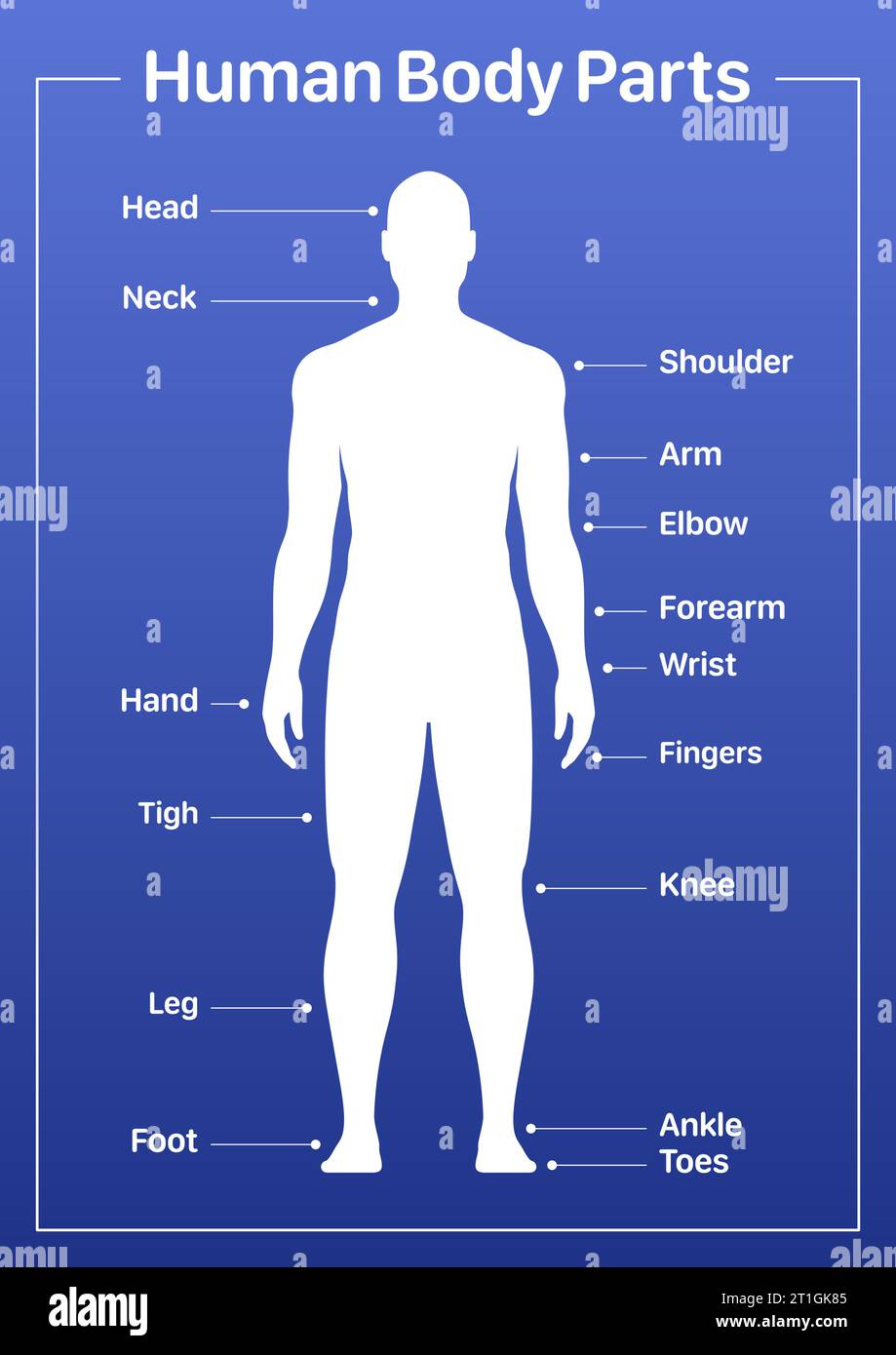Understanding How Hair Color and Bleach Work
페이지 정보

본문
When you dye or bleach your hair, you’re not simply adding color—you’re engaging in a molecular-level restructuring of the hair shaft.
Your hair’s color originates from a blend of two pigments—eumelanin for depth and pheomelanin for warmth—and their relative concentrations create your unique shade.
The combination and concentration of these pigments determine your natural hair color.
Hair color formulations are designed to either sit on top of the hair or penetrate and chemically modify its internal pigments.
Surface-level colorants, like temporary and semi-permanent dyes, cling to the outer cuticle and fade gradually with each wash.
Unlike temporary options, permanent colorants are engineered to penetrate deeply into the cuticle and cortex, where they undergo chemical reactions.
The interaction between dye molecules and hydrogen peroxide triggers a polymerization reaction, trapping the new color permanently inside the hair shaft.
Bleaching is a more aggressive process.
It uses hydrogen peroxide, often combined with ammonia, to break down the natural melanin inside the hair.
As the cuticle lifts, peroxide molecules attack and fragment melanin granules, rendering them invisible and leaving hair lighter.
This lightens the hair, but it also removes the hair's natural protective layer and can leave the hair feeling dry and brittle.
The more pigment you remove, the more damage can occur, which is why bleached hair often requires extra care and conditioning.
The pH level of hair coloring products is also critical.
The cuticle of healthy hair extension wholesale suppliers is slightly acidic, around 4.5 to 5.5.
Most permanent hair color and bleach formulas are alkaline, with a pH around 8 to 9 or higher.
The raised pH causes the cuticle scales to lift, creating pathways for dyes and bleach to reach the cortex.
Post-treatment acidic rinses or conditioners are crucial to reseal the hair and prevent color fade and moisture loss.
The hair’s ability to absorb dye or bleach is directly linked to its porosity, which varies greatly between individuals.
Damaged or processed hair has lifted cuticles and gaps in the cortex, making it a sponge for chemicals.
Neglecting porosity differences can result in patchy color, brassy tones, or unpredictable lightening patterns.
A strand test is a standard practice to evaluate processing time, lift potential, and possible damage before committing to the full head.
Advances in hair color technology now integrate reparative components like ceramides, panthenol, and botanical extracts to reduce breakage.
Antioxidants are added to counteract the damaging effects of oxidation, preserving hair integrity during chemical processing.
No matter how advanced the formula, changing hair color always involves breaking molecular bonds and restructuring the hair’s core.
When you grasp the underlying chemistry, you gain the ability to anticipate outcomes and protect your hair effectively.
Whether you're dyeing your hair at home or visiting a salon, knowing how these treatments work can help you manage expectations, choose the right products, and take better care of your hair afterward.
Hair is not just a canvas—it's a living structure that responds to chemistry, and respecting that science leads to healthier, longer lasting results.

- 이전글The Future of Ethical Hair Supply 25.09.24
- 다음글Understanding Hair Extension Certifications: Quality, Safety, and Ethical Standards 25.09.24
댓글목록
등록된 댓글이 없습니다.

